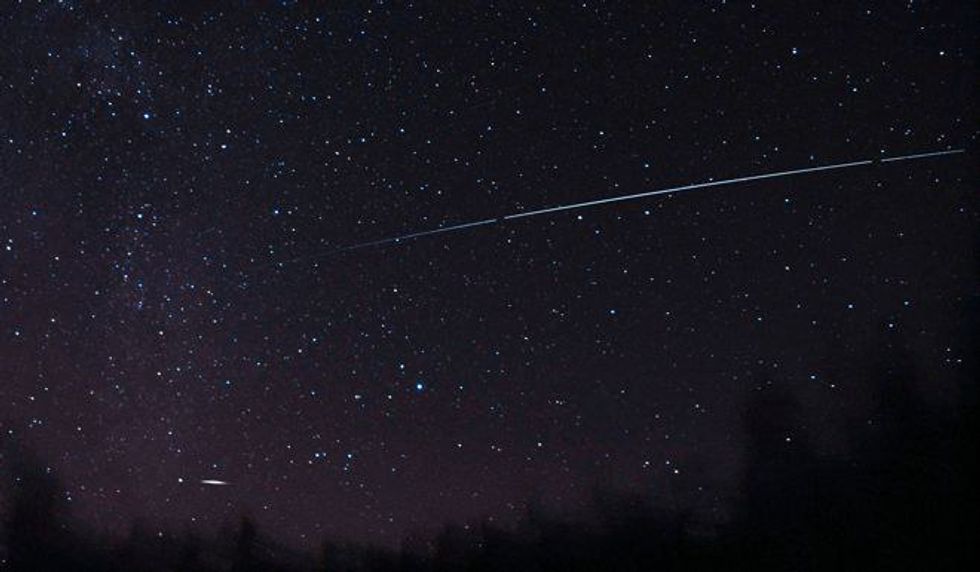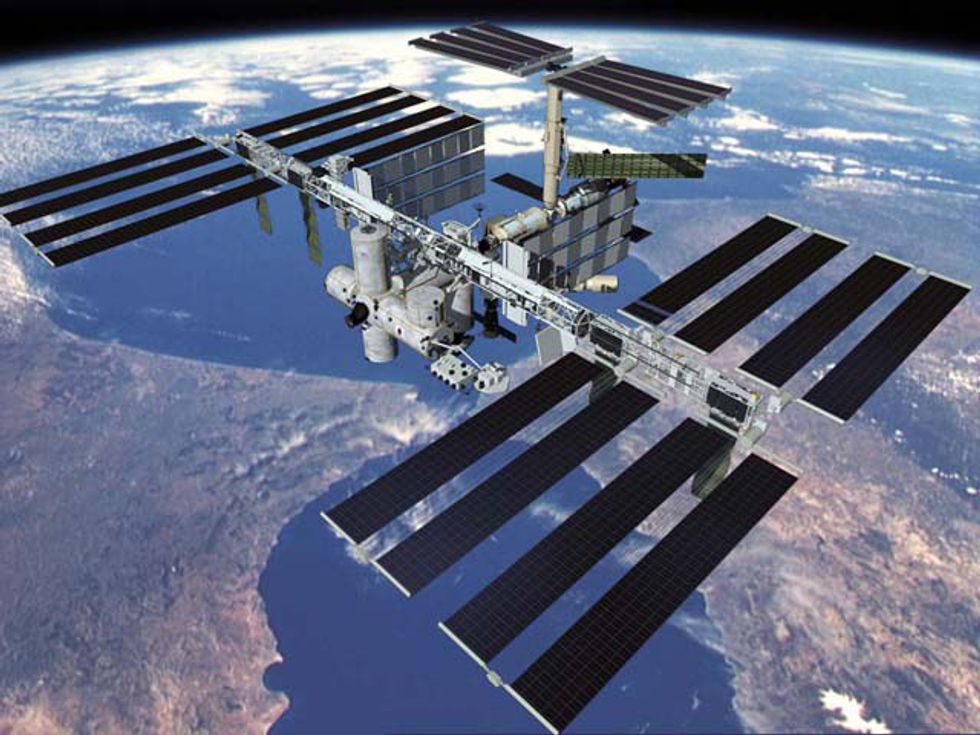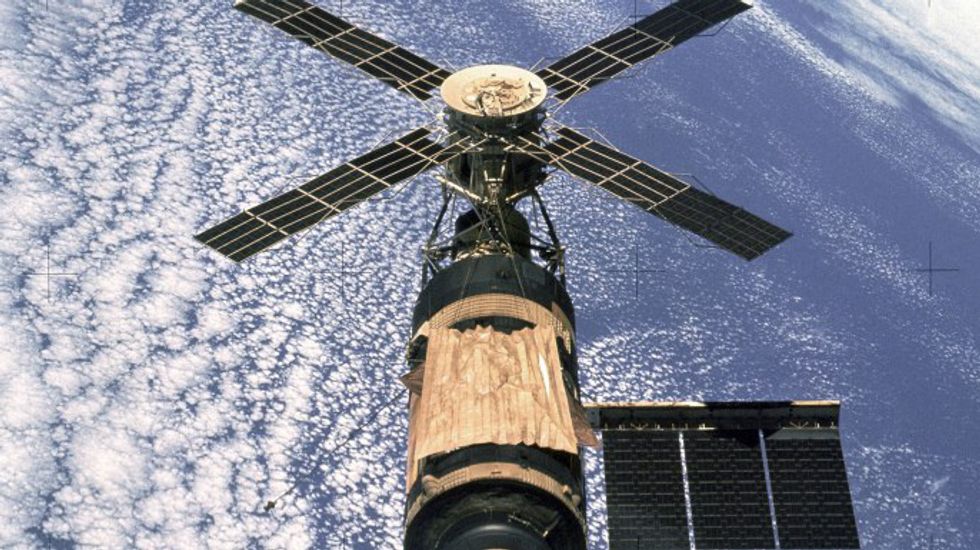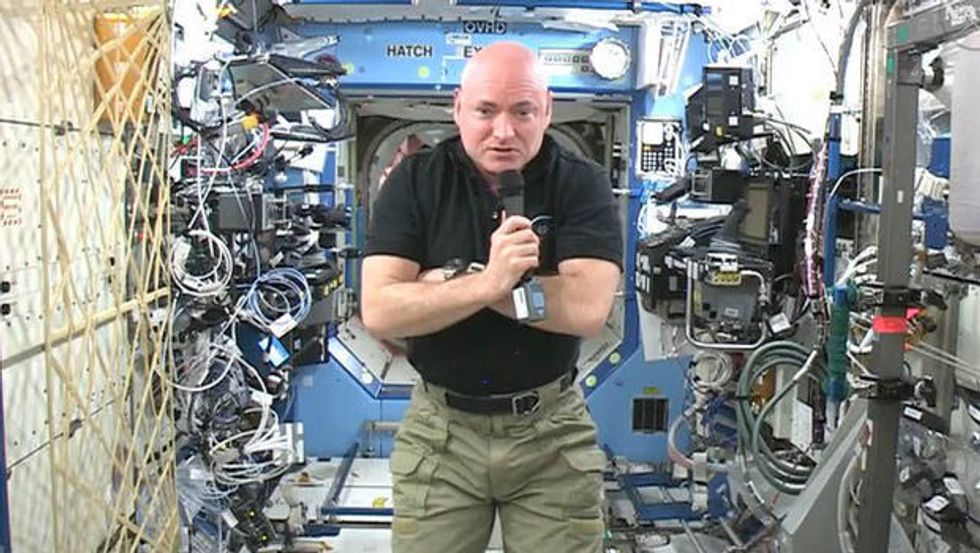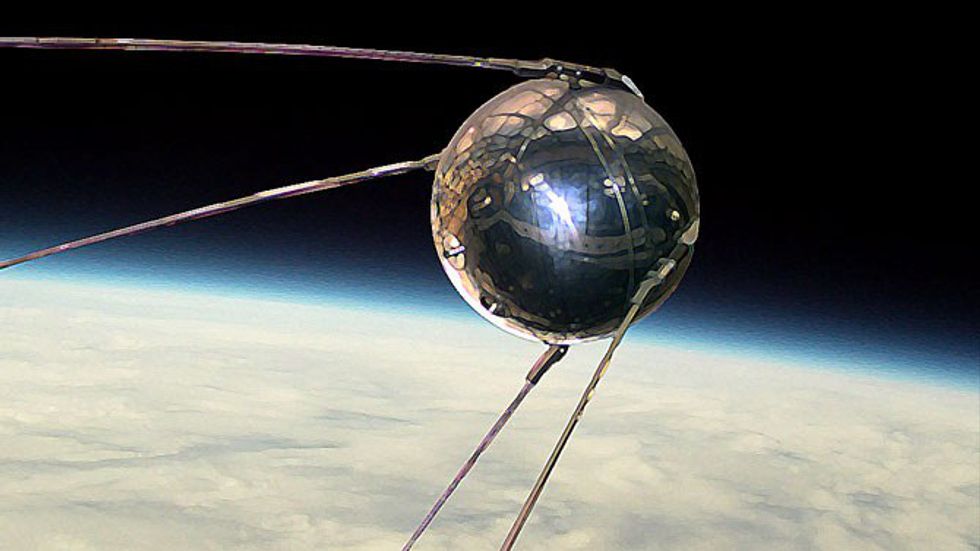Do you struggle to wake up early and get things done? That used to be me, until I learned that some of the coolest things that happen in the night sky occur in the early hours of the morning. Just after sunset and just before dawn are the best times to see the many satellites that orbit the Earth, and what better way to both end your day and start your next one than watching the International Space Station soar above your house, or even tracking a piece of rocket debris? While most people walk around oblivious to the events transpiring above their heads (a bright satellite can be mistaken for a plane if you glance too quickly), you’ll be appreciating the achievements of mankind and the wonders of the universe as they happen in real time. This satellite trivia quiz is meant to both test your existing knowledge and point you towards what you might be missing. As always, good luck and have fun!
1. Just after sunset and just before sunrise are the best times to see satellites because:
a. That's when scientists are able to turn them on.
b. Sunlight is able to reflect off of them most effectively.
c. Moonlight is able to reflect off of them most effectively.
d. It is a mysterious phenomenon that no one understands.
2. The International Space Station can often be seen:
a: In most places on Earth.
b: In the middle of a city.
c: As the brightest object in the sky.
d. All of the above.
3. The defunct Chinese space station expected to burn up in late 2017 (but is still visible from Earth) is:
a: Tiangong-1
b: Long March 2F
c: Shenzhou 7
d: Chang'e 3
4. When sunlight hits an Iridium satellite at the right angle, it can become brighter than everything else in the sky.
a: True
b: False
5. Skylab was a space station that crashed off the coast of Australia.
a: True
b: False
6. Who was the astronaut who lived for nearly a year aboard the ISS?
a: Mark Kelly
b: Scott Kelly
c: Niel Armstrong
d: Buzz Aldrin
7. Spy satellites are visible from Earth.
a: True
b: False
8. The International Space Station travels at:
a: 3 miles per second
b: 4 miles per second
c: 5 miles per second
d: 10 miles per second
9. The International Space Station is approximately how high above the Earth?
a: 100 miles
b: 150 miles
c: 200 miles
d: 250 miles
10. The first space station was:
a: DOS-2
b: Salyut 1
c: Skylab
d: Mir
11. The first satellite, Sputnik 1, is still in orbit today.
a: True
b: False
ANSWERS: (1) b, (2) d, (3) a, (4) a, (5) a, (6) b, (7) a, (8) c, (9) d, (10) b, (11) b, sadly




